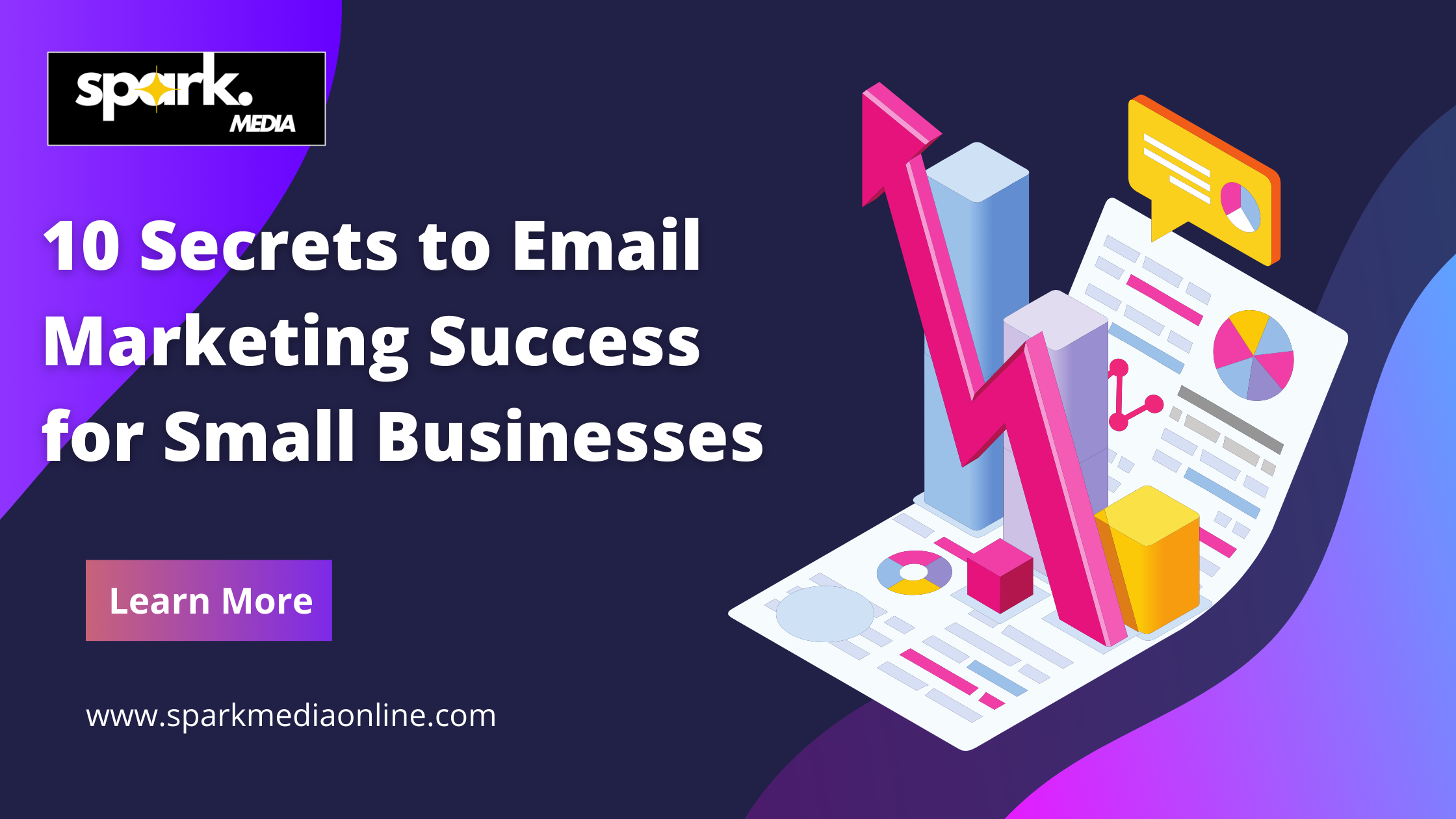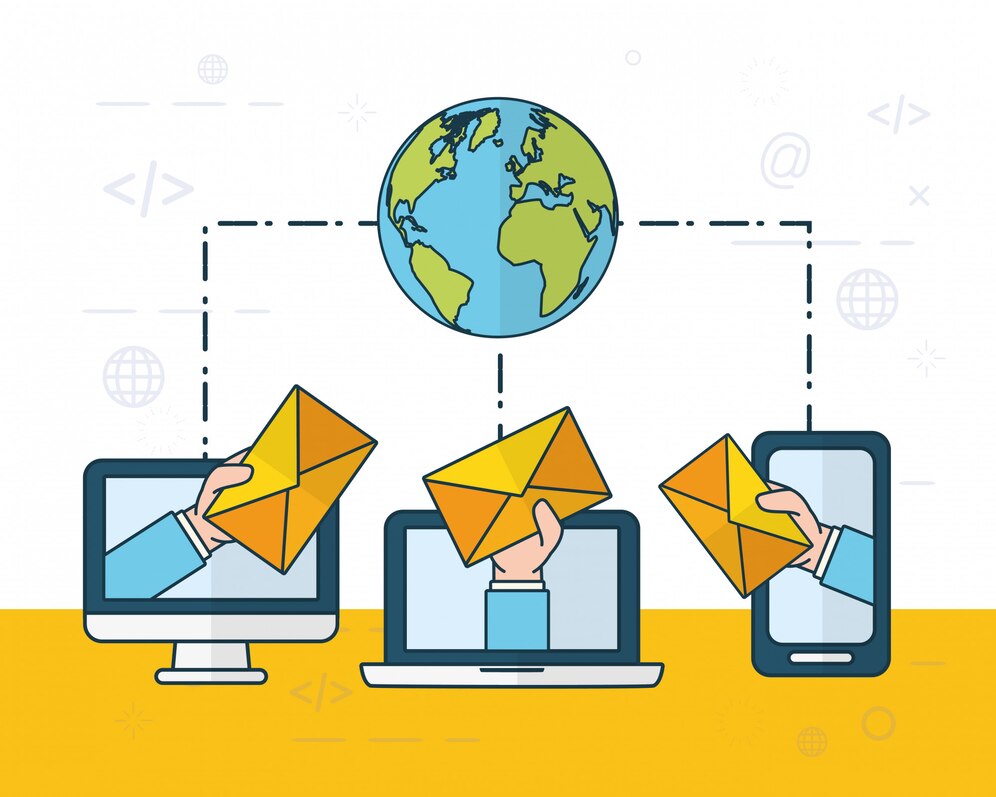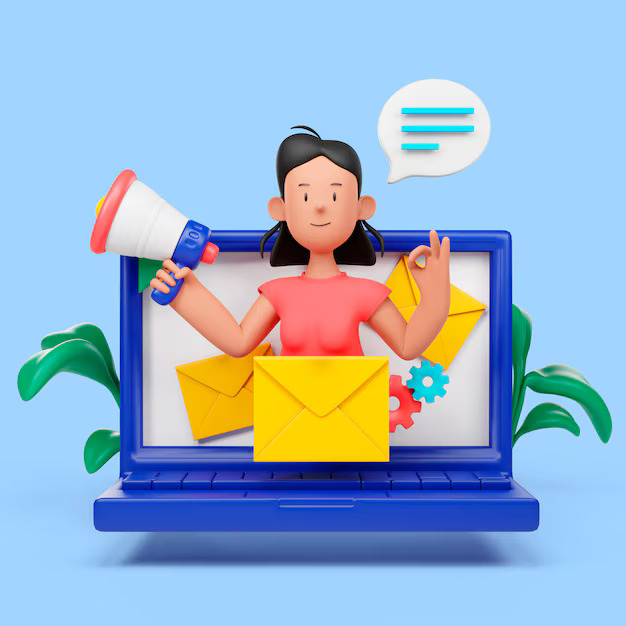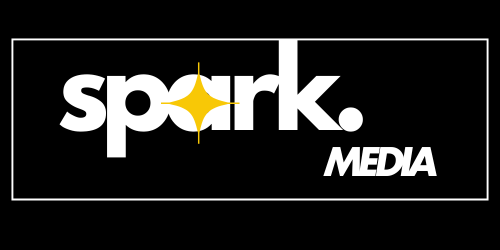
Introduction
In the digital age, email marketing remains one of the most powerful and cost-effective tools for small businesses to connect with customers, drive sales, and build lasting relationships. When done right, email marketing can deliver an impressive return on investment, with some studies suggesting an ROI of up to $42 for every $1 spent. Let’s dive into the secrets of successful email marketing strategies that can help your small business thrive.
Build a Quality Email List
The foundation of any successful email marketing campaign is a high-quality, permission-based email list. Focus on organic growth by:
- Offering valuable incentives for sign-ups (e.g., exclusive content, discounts)
- Using opt-in forms on your website and social media
- Collecting emails at in-person events or in-store
Remember, it’s not about quantity, but quality. A smaller list of engaged subscribers is more valuable than a large list of uninterested ones.
Segment Your Audience

One size doesn’t fit all in email marketing. Segmentation allows you to send more relevant content to different groups within your audience. Consider segmenting based on:
- Demographics (age, location, etc.)
- Purchase history
- Engagement level
- Interests or preferences
By tailoring your messages to specific segments, you’ll see higher open rates, click-through rates, and conversions.
Craft Compelling Subject Lines
Your subject line is the gatekeeper to your email content. To improve open rates:
- Keep it short and sweet (40 characters or less)
- Create a sense of urgency or curiosity
- Personalize when possible
- A/B test different subject lines to see what resonates

Provide Value in Every Email
Every email you send should offer value to your subscribers. This could be:
- Exclusive discounts or promotions
- Helpful tips or how-to guides
- Interesting industry news or insights
- Behind-the-scenes looks at your business
When subscribers consistently find value in your emails, they’re more likely to open, engage, and convert.
Optimize for Mobile
With over 60% of email opens occurring on mobile devices, it’s crucial to ensure your emails look great on smartphones and tablets. Use responsive design, keep your content concise, and use large, easy-to-tap buttons for calls-to-action.
Personalize Your Emails
Personalization goes beyond just using a subscriber’s name. Use the data you have to tailor content, product recommendations, and offers based on a subscriber’s behavior and preferences. Personalized emails can deliver 6x higher transaction rates.
Automate Your Campaigns
Email automation allows you to send the right message to the right person at the right time, without manual intervention. Set up automated workflows for:
- Welcome series for new subscribers
- Abandoned cart reminders
- Post-purchase follow-ups
- Re-engagement campaigns for inactive subscribers
Test and Optimize Continuously
The key to long-term email marketing success is continuous improvement. Regularly test different elements of your emails, including:
- Subject lines
- Email content and layout
- Send times and frequency
- Calls-to-action
Use the insights from these tests to refine your email marketing strategies over time.
Maintain a Consistent Schedule
Consistency is key in email marketing. Establish a regular sending schedule that your subscribers can expect. Whether it’s weekly, bi-weekly, or monthly, stick to your schedule to build anticipation and trust.
Monitor Your Metrics
Keep a close eye on key email marketing metrics such as:
- Open rates
- Click-through rates
- Conversion rates
- Unsubscribe rates
These metrics will give you valuable insights into the effectiveness of your campaigns and areas for improvement.
Conclusion
Email marketing remains a powerful tool for small businesses to connect with customers and drive growth. By implementing these email marketing strategies – building a quality list, segmenting your audience, crafting compelling content, personalizing your approach, and continuously optimizing your efforts – you can unlock the full potential of email marketing for your small business.
Remember, successful email marketing is about building relationships and providing value to your subscribers. Stay focused on your audience’s needs and preferences, and you’ll see your email marketing efforts pay off in increased engagement, loyalty, and sales.
FAQs:
It depends on your audience and content, but generally, once a week to once a month is a good range. Test different frequencies to find what works best for your subscribers.
Open rates vary by industry, but generally, a rate of 15-25% is considered good for most industries.
Provide valuable content, don’t over-send, segment your list for relevance, and make sure your emails are mobile-friendly.
Yes, email marketing software can save time, provide valuable analytics, and offer features like automation and segmentation that can significantly improve your results.
Offer valuable incentives for signing up, use opt-in forms on your website, promote your newsletter on social media, and collect emails at events or in-store.
